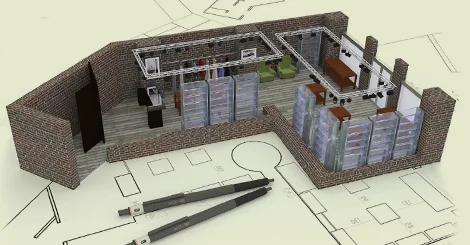Custom designs for remarkable buildings serve as the cornerstone of architectural innovation, transforming both the landscape and the experience of urban environments. In a world increasingly defined by rapid urbanization and evolving cultural narratives, these bespoke designs stand out, reflecting not only the aspirations of their creators but also the needs and identities of the communities they inhabit. From the sleek lines of modern skyscrapers to the organic forms of sustainable structures, custom architecture transcends traditional boundaries, pushing the limits of creativity and functionality. This trend can be seen in notable projects around the globe, where architects integrate local materials, cultural elements, and advanced technologies to create spaces that are not just visually striking but also ecologically responsible and socially relevant. For instance, the Sydney Opera House exemplifies how innovative design can transform a city’s identity, with its distinctive sail-like structures that harmoniously blend with the harbor landscape.

Moreover, the process of creating remarkable buildings involves collaboration across various disciplines, bringing together architects, engineers, artists, and community stakeholders. This multidisciplinary approach ensures that the final design resonates with the intended audience, fostering a sense of ownership and pride among local residents. By incorporating public spaces, green areas, and artistic installations, custom-designed buildings can enhance community engagement and provide environments that promote well-being and interaction. For example, the High Line in New York City showcases how an abandoned railway line can be transformed into a vibrant public park, merging nature and urban living while offering a unique architectural experience. Technological advancements also play a crucial role in custom designs for remarkable buildings. The use of computer-aided design CAD and building information modeling BIM has revolutionized the planning and construction processes, allowing architects to visualize complex structures in intricate detail before they come to life.
Additionally, sustainable building practices, such as the incorporation of renewable energy sources, rainwater harvesting, and energy-efficient materials, have become essential considerations in the design process. The Bullitt Center in Seattle, often dubbed the greenest commercial building in the world, exemplifies how innovative design and technology can work together to create a structure that minimizes environmental impact while serving as a model for future developments. The cultural significance of custom designs cannot be overstated. They often become landmarks that define the character of a city, attracting tourism and investment while enhancing local pride. The Outsourced Drafting Architectural marvels like the Burj Khalifa in Dubai or the Guggenheim Museum in Bilbao are not just buildings; they symbolize the ambition and vision of their respective cities. By pushing the boundaries of architectural design, these structures inspire future generations of architects and designers to think creatively and embrace new ideas.